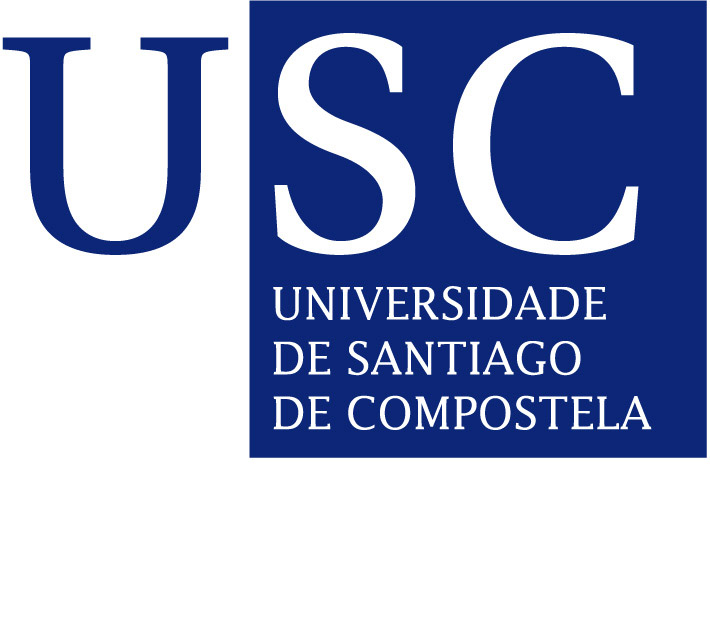Workshop on Bioinformatics
Rebeca García Fandiño - CIQUS
http://www.usc.es/ciqus/en/research/research-teams/granja-guillan
Self-assembling peptide nanotubes (SPNs) have attracted a great amount of attention from the scientific community in recent years due to their important applications in biology, chemistry and material science. A large part of this interest is related to their technological possibilities as biosensors, antimicrobial agents, selective transporter systems, molecular electronics components, and other potential uses in biology, electronics, and optics.
We present here a Molecular Dynamics (MD) study on a promising class of SPNs, composed of alternating D-α-aminoacids and (1S, 3S)-3-aminocycloalkane carboxylic acids (Acas). While almost all the SPNs that have been developed so far have hydrophilic inner surfaces and can only permeate polar molecules, in the case of the α,γ-SPN, the C2 methylene group of each cycloalkane moiety is projected into the lumen of the cylinder, generating a partially hydrophobic cavity, which can be modulated by simple chemical modification of the β-carbon of the cyclic γ-Acas, allowing a finer control of the transport properties of the nanotube.
Using MD simulations we have obtained interesting results about the behavior and selfassembly process of these promising systems in several solvents (water, chloroform and methanol) and also when they are inserted into a lipid bilayer (acting as transmembrane transporters), demonstrating the power of theoretical calculations when acting as an atomic microscope to analyze the fine details of a complex supramolecular structure.



















